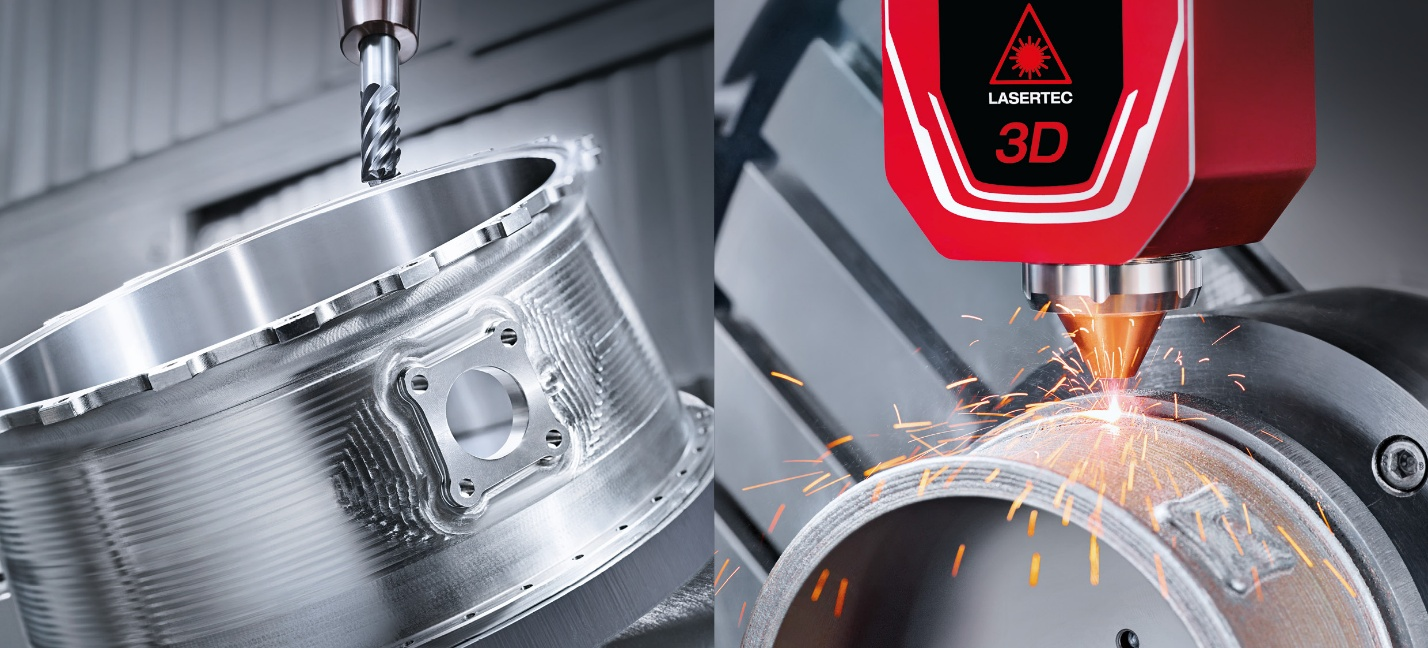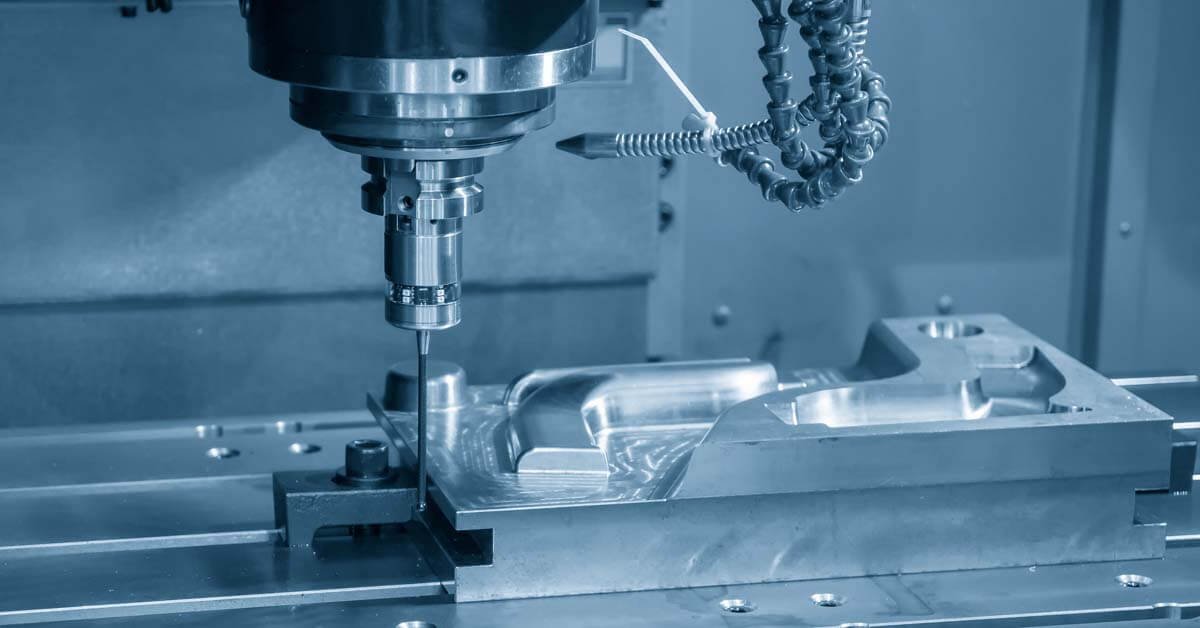When using CNC turning machines, you might find yourself in need of different types of lathe tools. Each type and size of the tool has its purpose and can’t be used on other parts of your CNC project. The turning tool is the most widely cutting tool used in cnc machining, with its working part used for generating and handling chips. Selecting an appropriate tool guarantees precise machining, but every tool is used for a specific purpose. For example, a boring tool is used to do holes in the workpiece and it is not suitable for taper turning or knurling. Furthermore, Before selecting any tool one should also consider workpiece material, like some materials are suitable for hard materials some are ideal for soft are ductile materials.

It is never easy to pick the best CNC operation because there are so many different materials, tools, and operations available. So, if you are considering some CNC turning tasks or deciding on an appropriate machining tool for your product CNC machining, then this article is for you. Here in this article, we will discuss all the suitable materials and their properties, as well as their machining capability and precision.
Classification Of Lathe Machine Cutting Tools:
Cutting tools are mainly classified on their material, working purpose, and the feed rate that will be given to process the workpiece. To avoid any wear and tear in the tool and the workpiece these are parameters that should be considered carefully.
Classified By Material :
High-speed steel Tool:
Because of its exceptional hardening, abrasive resistance, and softening resistance even at high temperatures, high-speed steel tools are commonly used in milling operations. These tools are ideal for use at any feed rate and exhibit very little wear and tear when compared to traditional high-carbon steel tools. Due to this property, these tools are mostly implemented where we desire complex geometries of hard materials. Another advantage of using this high-speed steel is that high-speed Steel is capable to undergo certain process chemical processes like a chemical coating of other metals to enhance their properties and application.
These tools excel in corrosion resistance, toughness, reducing brittleness, and much more applications, and they are mostly used in machining operations, drills, punch dies, hand tools, and much more applications related to that. The cutting-edge high-speed Steel tool is slightly longer than standard carbon tools and is ideal for specialized material cases because it can be easily coated.
Carbide tool:
Due to extreme resistance to corrosion, wear and tear, abrasive resistance, high temperature, and thermal conductance carbide tool are ideal for machining purposes. They have high mechanical strength and durability as compared to HSS and carbon steel, that's why they are most favorable for high-speed machining services, they are approximately 6 to 8 times higher feed rate. carbide tools are the most favorable material for machining high-strength steel parts. They are chemically inert and the tip can be replaced for further machining purposes.
Carbide tools are mostly used for milling and drilling cnc operations, especially for drilling deep holes. But 1 drawback of these carbide tools is that, as strength comes with ductility, carbide tips are ductile they may get broken, while HSS has a good ratio in material toughness.
Diamond Tip Tools:
Due to its high cost and extreme hardness, diamond is only used in industries that require the machining of extremely precise parts, such as the aerospace and defense industries.Diamond blade tools show high corrosion resistance, and thermal conductance elastic modulus, where their thermal coefficient factors and friction resistance capabilities are very low. For these mentioned properties these tools are mostly used where we have to deal with highly precise machining of brittle and hard materials and we have to avoid conforming, wear resistance, and machining tolerance.
Other materials:
Other than these materials different alloys can also be used for specific material machinings, such as carbon boron nitrate, and ceramics are used for roughing and cutting hard alloys. Moreover, chemical coatings are also done to enhance tool applications. some of the famous techniques are.
- Chemical vapor deposition (CVD).
- Plasma-enhanced CVD (PECVD).
- Physical vapor deposition (PVD).
Classification of Lathe tools by their usage:
The second differentiable category is application. Lathe tools are decided by the process they perform, such as knurling, boring, and taper turning, every process needs specific operational conditions.
Turning Tool:
Turning tools are used for cutting and finishing the outer diameter of the workpiece, they are applicable where we have to deal with a bulk quantity of workpieces. Mostly they are divided in to two categories that are wood turning tools and metal-turning tools. Turning tools are used when we have to produce cylindrical parts, the working mechanism is that the tool is applied to the rotating workpiece and moves linearly for cutting and surface finishing operations.
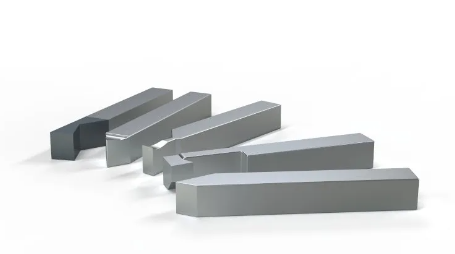
For metals, there are two basic types of these turning tools which are rough turning tools and fine turning tools.
Rough turning tool:
Rough turning tools are used where we have to cut bulk pieces of the workpiece, the cutting angles are ground and it produces rough surface finishing of material.

Finish Turning tool:
Fine turning tools are used when we have to produce small metal cutting chips and we need a smooth surface finish at the end. The cutting angles are also grounded in this category.

Wood turning tools are designed such that they are easily operable on wood surface cutting and finishing. These tools are classified as
- spindle gouge
- roughing gouge
- oval skew chisel
- round nose scraper
- parting tool
Boring Tool:
Boring tools are used to enlarge the hole diameters in machining processes. They have specific boring heads depending upon the machining purposes, these heads are capable to remove material up to the desired shape. Hence boring tools are applicable where we have to enlarge the diameter of an already drilled hole. Boring heads are mainly divided as.
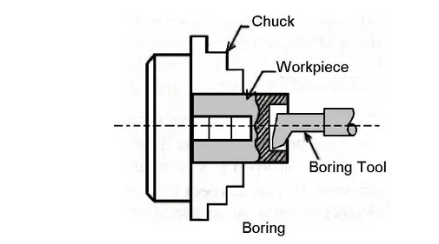
Rough boring heads: These boring heads are made rigid and they are ideal to be used where we have to cut large amounts of materials, deep cuts, toque, and axial forces.
Fine boring heads:
Fine boring heads as the name represent used we have to focus more on surface finishing and high accuracy. They are mostly applied for high-speed cutting with maintaining accuracy.
Digital boring heads:
Boring is a very hectic and time-consuming process, as reading the guage manually, and doing deep holes often cause some errors during reading. So it is ideal to use digital boring heads, as they have a well-engineered LED system, so the precision and accuracy obtained by this system are unmatchable.
Chamfering Tool:
Chamfering tools often known as countersinking tools are used when we have to deal with the surface finishing, grinding, and rounding of edges after the machining processes. The tool which is mostly used for this process is a chamfer cutter and it is operatable at a 20-45 degree angle.
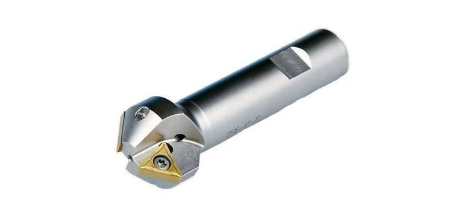
Knurling Tool:
Knurling tools are used for imparting irregular surface structure on the outside boundary of the workpiece. These surface structures are imparted for aesthetics and surface finishing purposes. Metal knurling becomes quite easy by using these kinds of tools. The surfaces patterns which these tools implement are
- straight lines
- diamond patterns
- diagonal lines
Specific tools used for implementing these surface textures on the work piece, These tools are
- internal knurling holders
- convex knurl tools
- conical knurl tools
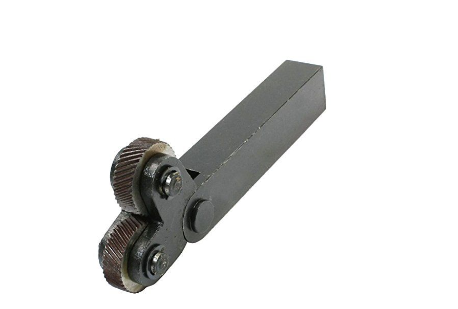
Parting Tool:
Parting tools are narrow-edge tools, with the bevel of both types, these tools are mostly straight-edge tools and are made up of rigid metals, the applications of these tools are quite simple as they have to cut down the metals in to parts. Furthermore, they can also be used for making grooves in the workpiece.
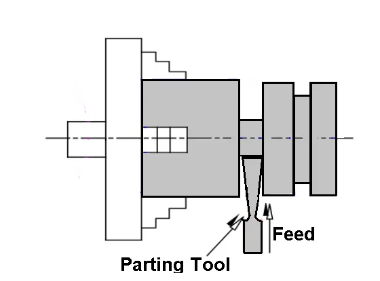
Thread Cutting Tool:
Thread cutting tools are suitable for cutting threads on lathe parts. There are generally two forms: internal thread cutting and external thread cutting.
External thread cutting involves fixing the workpiece in a chuck or between two centers.
In internal thread cutting, the part is clamped in the chuck while the tool moves on the chuck in a linear manner, removing chips from the workpiece as the workpiece passes.
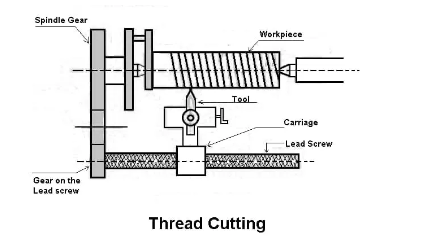
Face Tool:
Face tool is used where we have to cut the surfaces perpendicularly, the working mechanism is such that, the working piece is mounted on the chuck and set to rotating, the tool is used perpendicularly to the axis of the workpiece. Face tool is also used for certain surface finishing operations.
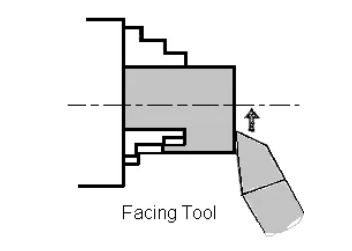
Slotting Tool
The slotting tool is made up of cemented carbide blades, which are mounted on a special tool holder. These tools are also known as grooving tools as they are used to do grooving in metals, and used where we need round bars or circular surfaces. They are ideal for making internal grooves and machining profiles like in making gears.
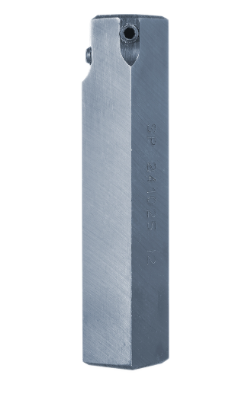
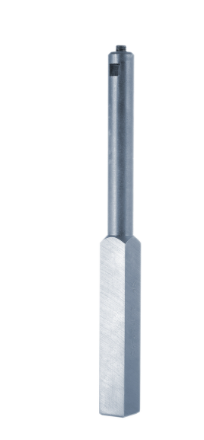
Lathe Tools Are Classified By Feed Mode:
Tools are also classified on the basis of their feed mode. mostly let tools are designed such that they have a specific feed mode direction. for example, some tools are designed to cut from left to right and some are designed from right to left. the tip of the tool is cut in a specific direction to fulfill the requirement. on the basis of the feed, mode tools are divided as
Right-Hand Tools:
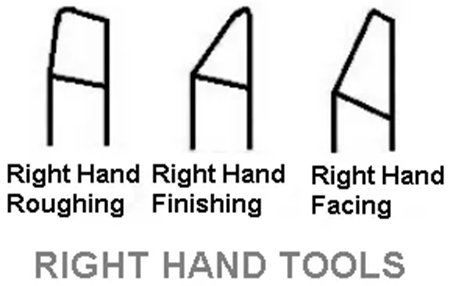
As the name suggests these tools are designed to cut the material from right to left from the above mentioned figures it can easily be understood that the tip of the tool is angled in such a way that it gives the feet in this direction. This classification is just for human analogy and machining ease.
Left-Hand Tool

similarly left hand tools are used to cut the materials from left to right. The thumb of the Machinist represents the direction of the feed mode. The principal tooling cutting tip of the lefthand tools is on the right side of the tool.
Round Nose Tool
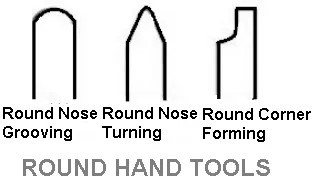
unlike left and right-hand tools, round head tools don't need any specific direction to operate they have a rounded tip which enables them to operatable in any direction as the machinist want. For this property, these tools are the most famous machining tools in lathe machining operations and they are mostly used in machining and surface finishing techniques.
How To Choose Lathe Tools
Each lead tool is designed for a specific shape or geometry, so before starting your machining processes, you should be very much clear about your product shape, what to be used and what you get when you apply a certain tool to that material. As sometime CNC machining is a much more complex process, especially when you are dealing with grooves, undercuts and other Complex structures, for that case you may need several tools for CNC machining processes, so choosing the right tool is way important. Here is a complete cnc machining video by the “The Engineers post” that clearly depicts the working of different lathe machine tools and what effect they make on the workpiece.
Lathe Cutting Tools | Learn How Different Tools Works on Lathe Machine
Conclusion:

Summing things up, now you have a clear view of all the lathe tools and their functionality, and you clearly understand the point that choosing the right lathe tool as per the requirements is much important for precise and accurate machining applications. So for optimal results, you should opt the best machine shop having experienced staff so that they are able to understand your design and project query.
At Baichuan we have a team of experienced engineers and machinists having years of market experience. With our team and state of the art modern equipment, we are all set to provide a smooth and precise machining service to our clients.






